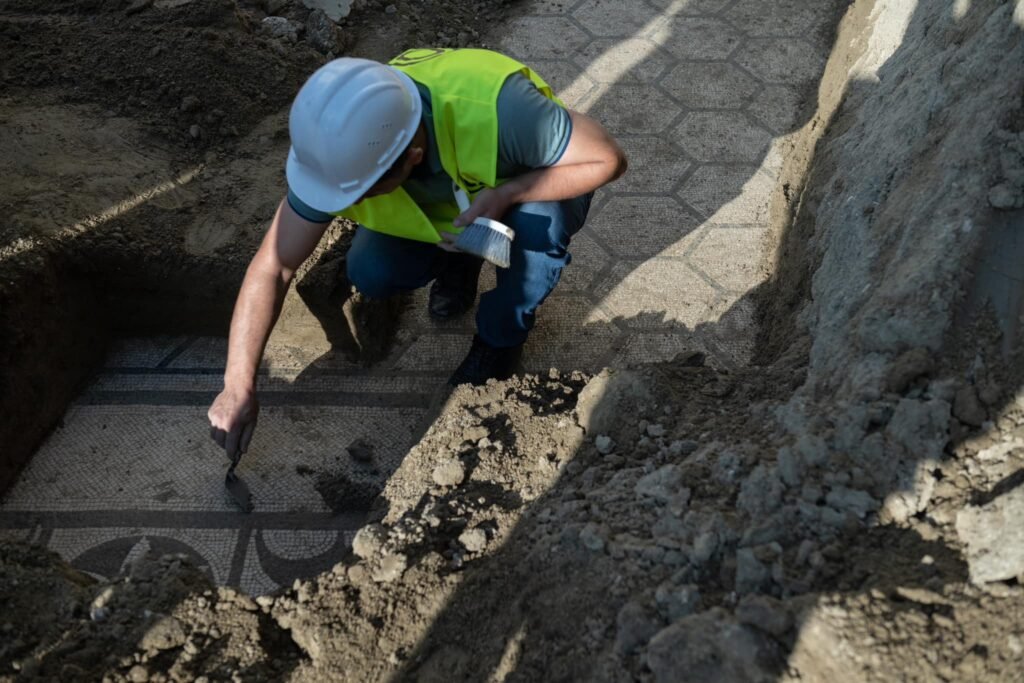In the port city of Durrës on the Adriatic Sea in western Albania, archaeologists have unearthed a unique mosaic dating back 1900 years.
 Credit: Insтιтuti Kombëtar i Trashëgimisë Kulturore
Credit: Insтιтuti Kombëtar i Trashëgimisë Kulturore
Durrës, recognized as one of the oldest and most significant port cities in the Balkans, has a history spanning nearly 3,000 years, making it Albania’s ancient gem overlooking the Adriatic Sea.
Founded in 627 BCE by Corinthian and Corcyran invaders, Durrës witnessed the transitions of empires, eventually falling under Roman rule and earning the name Dyrrhachium. As the most crucial port of Illyricum, it flourished further, evolving into the capital of Epirus Nova in the 4th century. The city’s cultural richness is epitomized by landmarks like Emperor Hadrian’s Roman amphitheater, boasting a capacity of 15,000 seats and ranking as the second-largest in the Balkans.
The latest archaeological revelation, led by Professor Luan Perzhita, involves the discovery of a rare mosaic during the excavation work for a high school reconstruction. Crafted from dark blue and white stones, this intricate mosaic spans an estimated 60 square meters, adorning a luxurious villa near the Durrës amphitheater. Dating from the end of the 1st century to the beginning of the 2nd century, the mosaic showcases geometric and floral patterns.
The significance of this find extends beyond Albania, marking a rare discovery for the entire Balkan region. Professor Perzhita emphasized the rarity of the mosaic, describing it as a valuable addition to Durrës’ exceptional cultural heritage. Alongside the mosaic, the excavation uncovered a 3-meter-high section of the wall on the eastern side and various artifacts.
This archaeological revelation adds another layer to Durrës’ enduring role as a cradle of civilization, contributing to the ongoing narrative of Albania’s diverse and storied past.
Durrës’ archaeological wealth, including the renowned “Beauty of Durres” mosaic from the 4th century BCE, currently housed in the National History Museum in Tirana, has received international attention. Now, with the discovery of this 1900-year-old mosaic, Durrës further solidifies its standing as a cradle of civilization.





